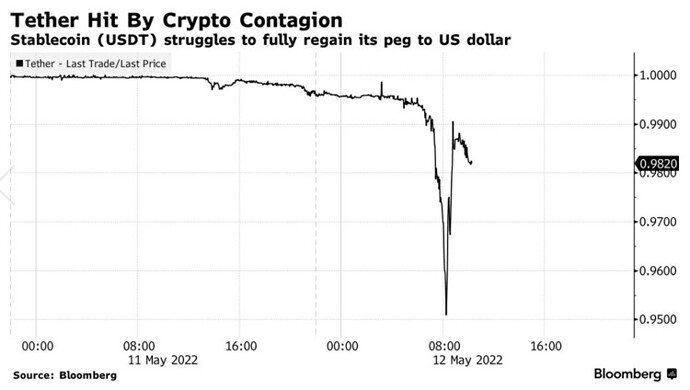I understand Proof of Work, but still trying to make sense of Proof of Stake. Some questions regarding Proof of Stake :
-
Miners work to secure the blockchain. The greater computing power committed by miners, more secure the blockchain will be. However if the miner try to change the rules, for example by giving more block rewards to themselves, the nodes can reject the newly mined block. As mentioned, in Proof of work, mining a new block consumes a lot of energy, which will have huge economic costs for the miners. Therefore a rejected block will deal a significant economic loss to miners. However in Proof of Stake there is no such energy consumption, and hence not much economic loss for rejected block. A determined miner group can keep spamming the network with increased block reward until the nodes give up and accept the change. Is that not a serious drawback for Proof of Stake?
-
One can argue that the acceptance of increased block reward by some node will lead to a fork. In proof of work, a miner can commit their computing power to only one chain. There is no such restriction in Proof of stake and miner can keep mining on both the chains, the original one and the newly forked one. So in the example of fork due to increased block reward, the miners can keep spamming the original chain making sure they can’t mine new blocks, while at the same time mine blocks on the newly forked chain and making money from the increased block reward. In short, under Proof of Stake, miners can come together and form the new monetary policy board. They can also sanction the transactions of any individual or group. Miners will never have such power under Proof of work.
-
Bitcoin code is open source. Anybody can create a new fork with proof of stake. Why do they need to lobby?


:max_bytes(150000):strip_icc()/a-visual-representation-of-the-digital-cryptocurrency-976546466-6cad9b4f73314b9a9759dbc9a0e51008.jpg)


